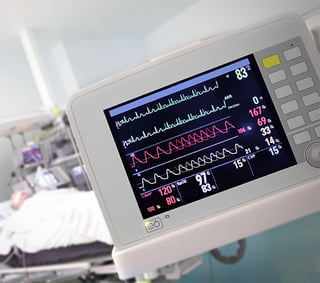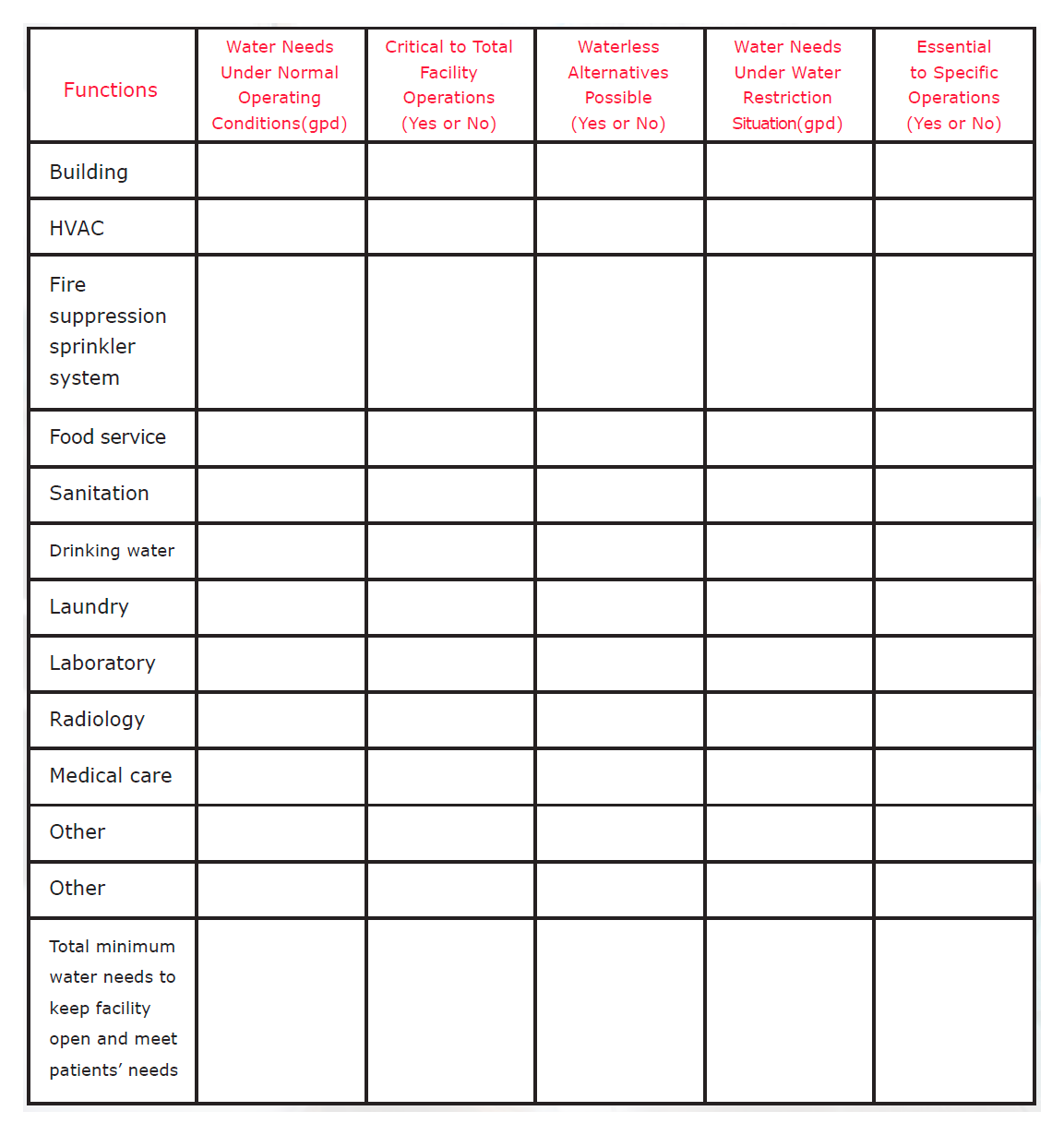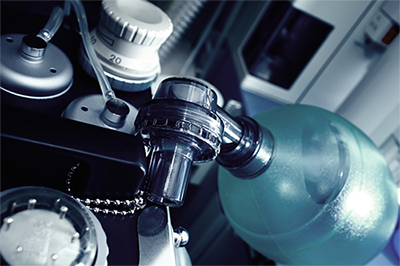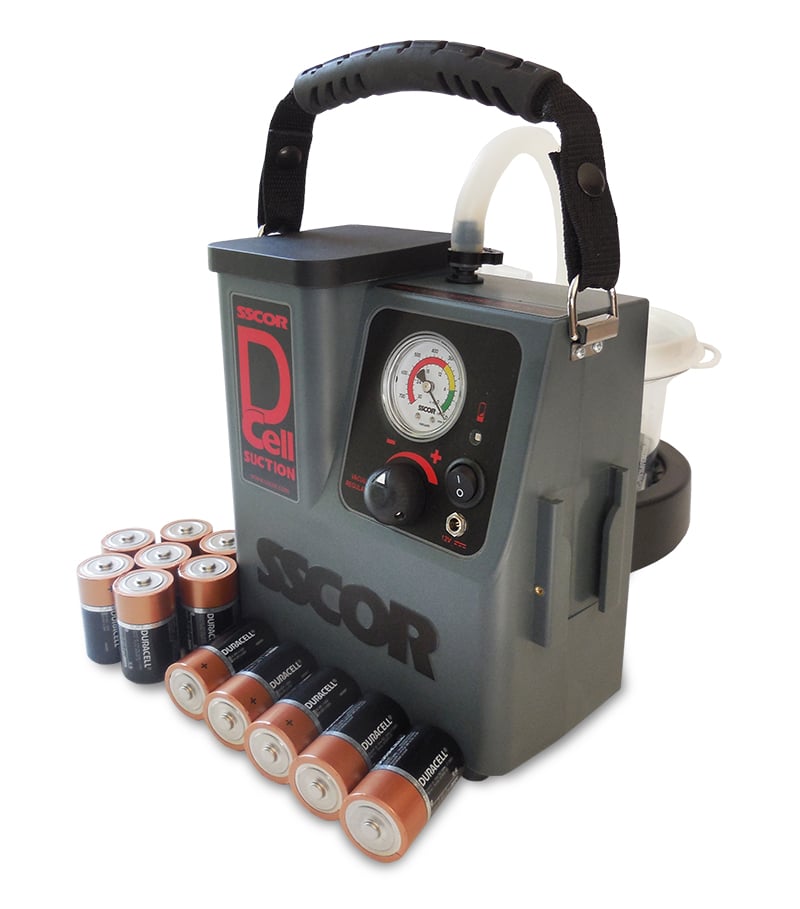Electrical Power
When electrical power loss occurs within a hospital, the effect can be immediate and tremendous. Countless systems are dependent on electricity to function—lighting, critical medical equipment, computers,elevators, air conditioning, and so on. And though hospitals have backup generators to protect them from this, there is much to be considered to ensure they will function properly in the time of need.
The Joint Commission requires that emergency power is supplied to areas in which loss of power could result in harm to the patient, but it does not specify where generators should be placed. The best location for a generator is dependent on the area in which the hospital resides and what weather risks are most likely.
Facilities in flood-prone areas should not have a generator in the basement, and Tornado Alley hospitals should not place their generators on the highest level. Your hospital’s Hazard Vulnerability Assessment (HVA) should help guide you in choosing the best location. If feasible, having multiple generators in different areas of the building is ideal.
Regular inspection, maintenance, and testing of your hospital’s generators are extremely important. According to the Joint Commission standards, the generators and their automatic transfer switches should be tested 12 times per year, for 30 minutes at a time, and tested once every three years for four hours. (i)
Additionally, consider that in an extreme emergency, your generators may require enough fuel to power them for days. Make sure that your emergency plan addresses not only how you will obtain an adequate amount of fuel, but also how it will be delivered if elevators and normal methods of transport are not functioning.
Even with the best laid plans, a generator may fail to work in an emergency, as happened with NYU’s Langone Medical Center during Superstorm Sandy. In this case, hospitals should be prepared to manage critically ill patients with battery-powered or manually powered equipment. Make sure all intubated patients have a bag-valve mask at their bedsides so that they can be hand-ventilated if necessary. Keep a ready supply of battery-powered portable suction units available for these patients as well. Flashlights will be needed in patient care areas and for moving in hospital corridors.










